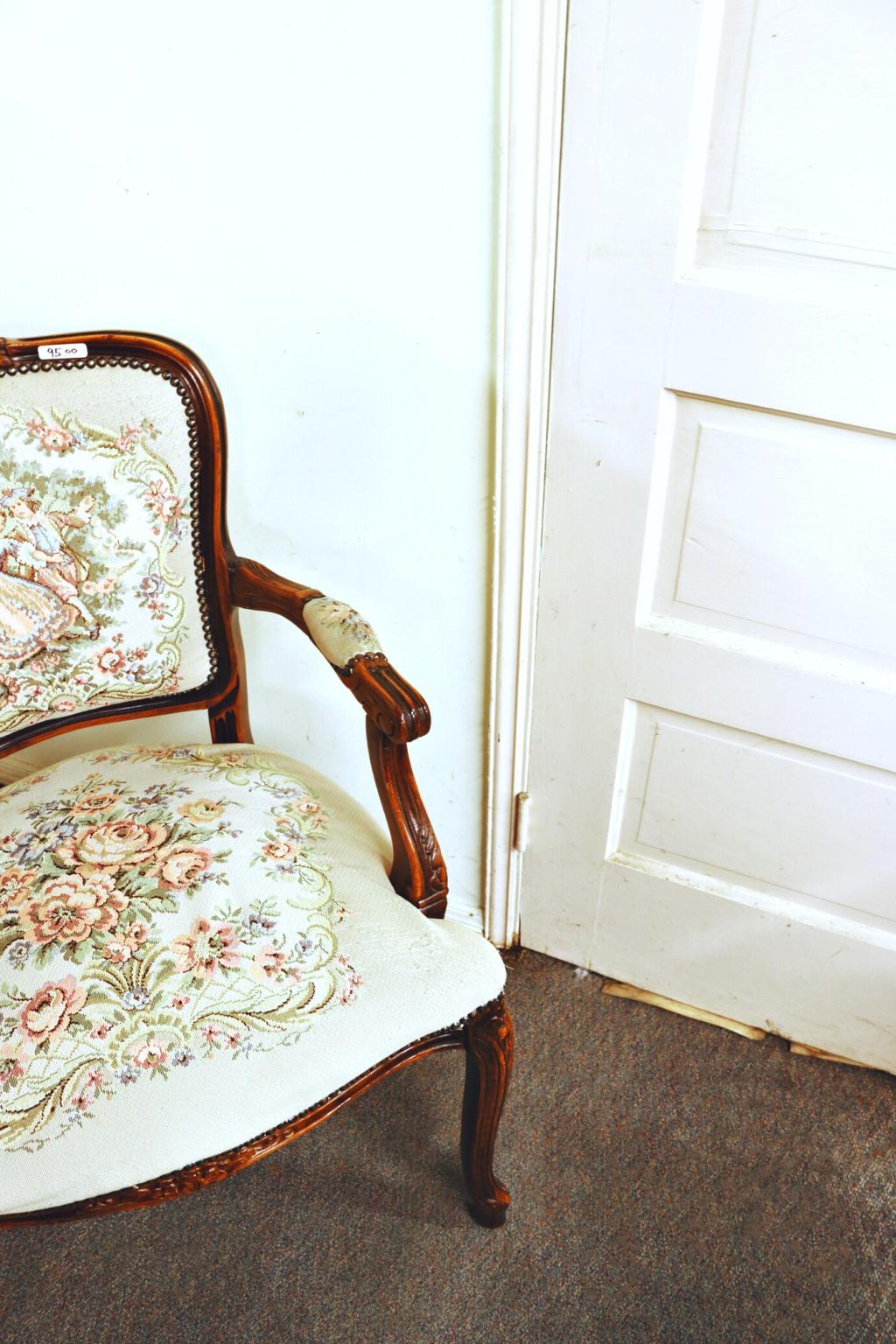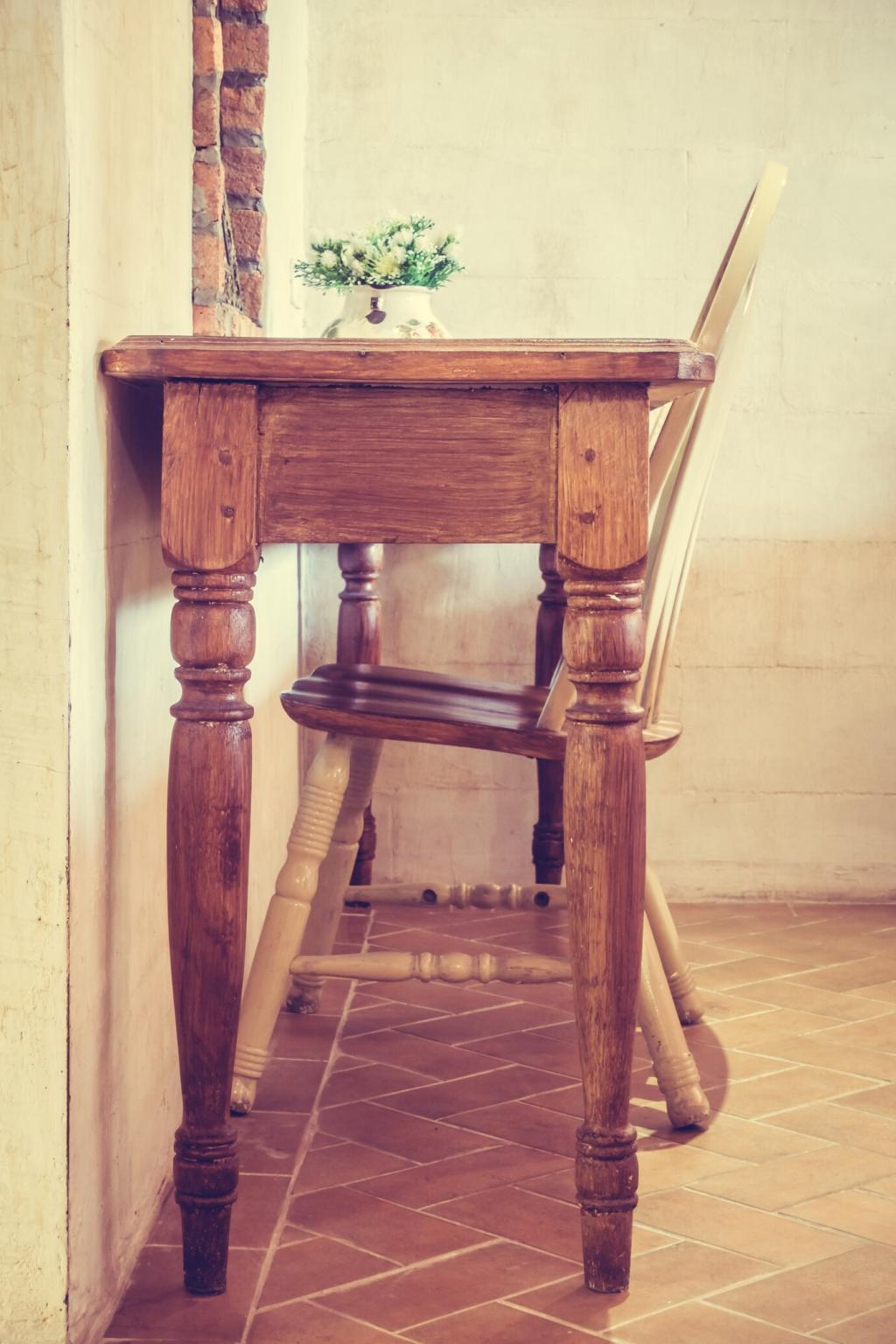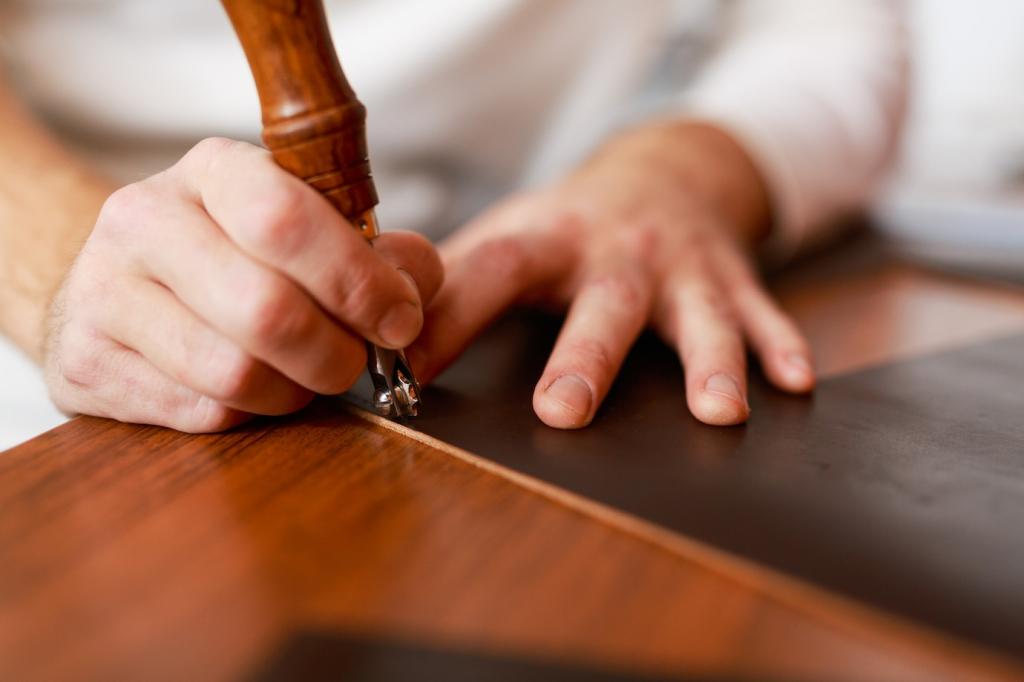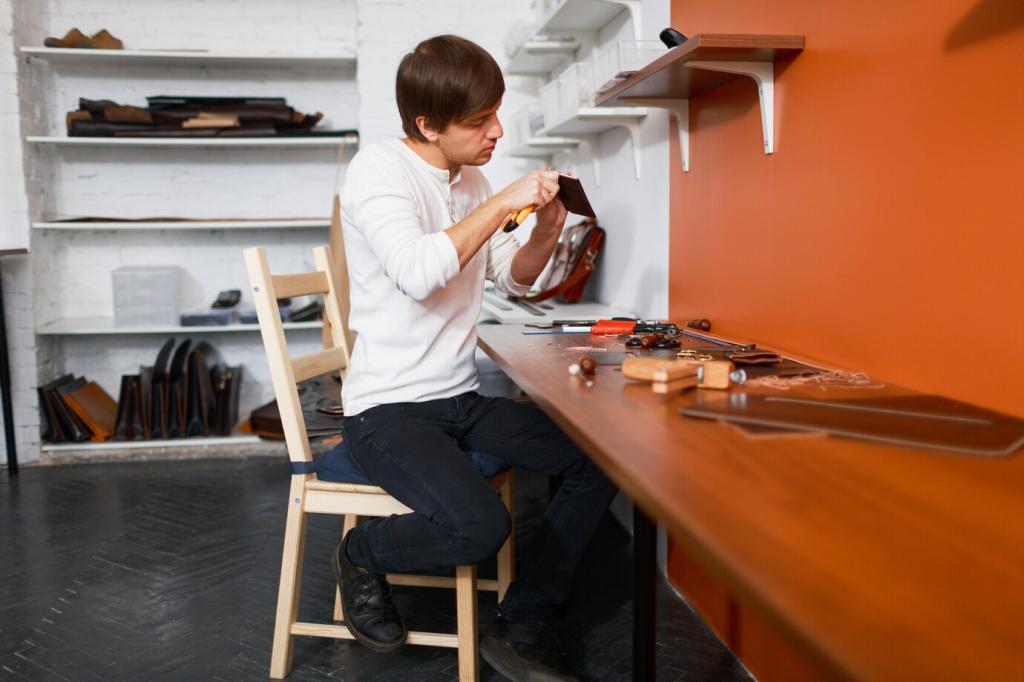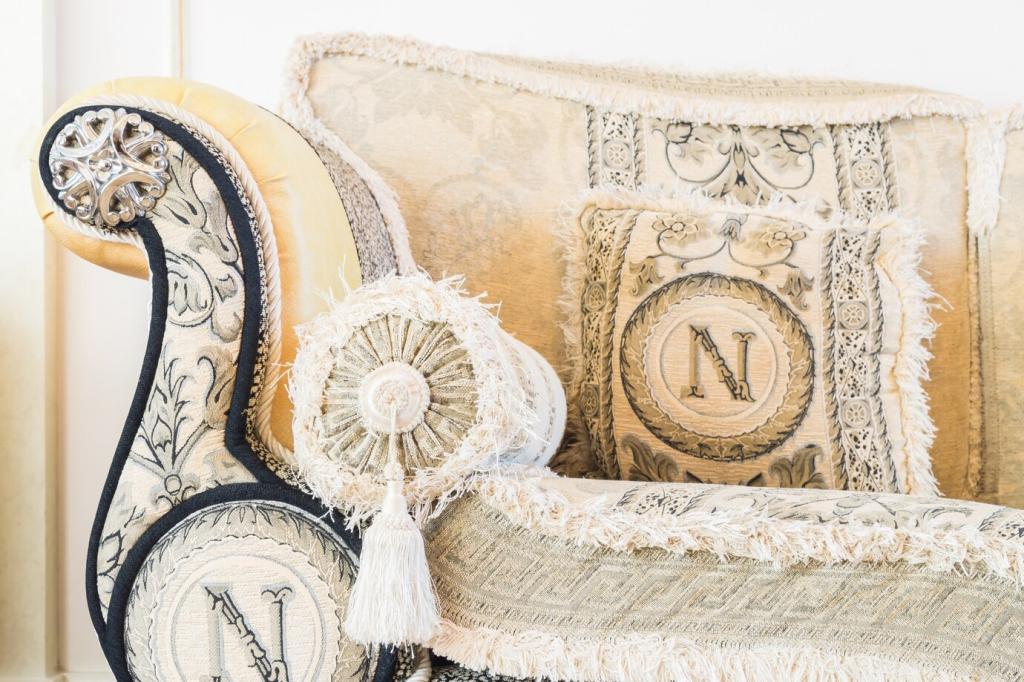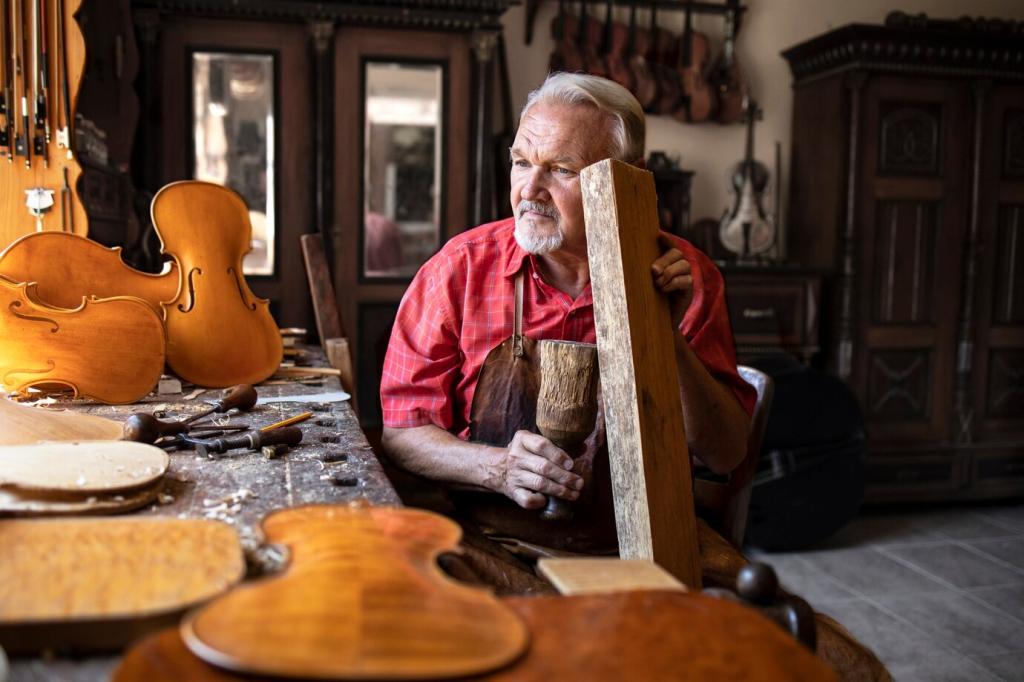Joinery, Repairs, and Knowing Your Limits
Do favor hot or liquid hide glue for period-appropriate, reversible repairs. Don’t reach for modern construction adhesives that lock mistakes forever. Reversibility protects future conservation options. Curious how hide glue works? Ask and we’ll send a beginner-friendly primer.
Joinery, Repairs, and Knowing Your Limits
Do retain original screws, locks, and escutcheons whenever possible. Don’t replace with shiny modern parts unless absolutely necessary and well documented. Bag and label any removed items. Post photos of puzzling hardware, and we’ll help identify period-correct solutions.

